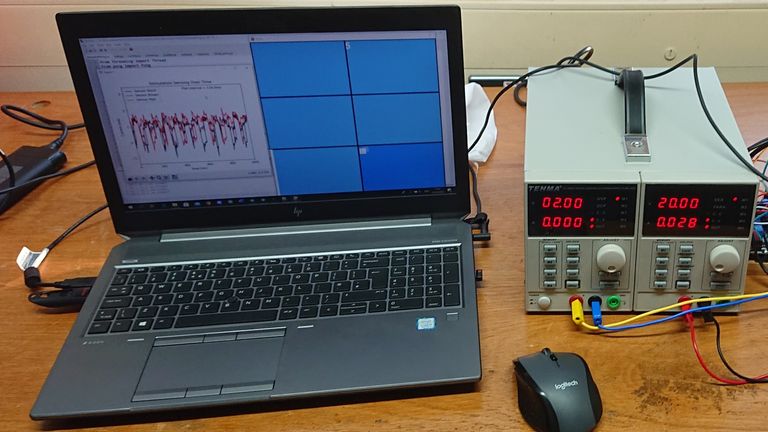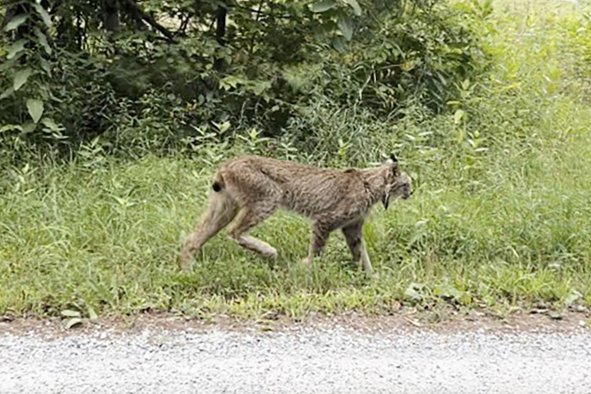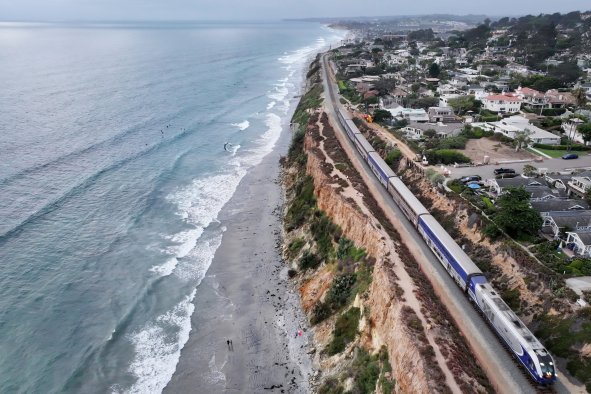Yet another volcanic eruption has begun on the Icelandic Reykjanes peninsula, marking the sixth eruption since December last year.
The latest eruption began at around 9:30 p.m. local time on Thursday, with lava pouring out of a 2.4-mile-long fissure in the ground.
The five prior eruptions along the Sundhnúks crater series occurred on May 29, March 16, February 8, January 14, and December 18 last year, with the Icelandic Meteorological Office revealing a map of the area covered by these eruptions' lava flows over the past few months.
The map shows how lava from previous eruptions crept right up to the edge of the fishing town of Grindavík to the south and approached the famous Blue Lagoon to the west. Grindavík's 4000-strong population has had to be evacuated multiple times as a result of these lava flows, with several homes having been burned to the ground over the last few months.
"Most Icelandic eruptions are basalt: a silica-poor magma that has low viscosity so that gases (which are less abundant here anyway) can escape without causing an explosion," David Rothery, a professor of planetary geosciences at the Open University in the U.K., told Newsweek. "[Lava is] about [2,012 degrees F] in the case of basalt. As we've seen, it sets houses on fire. It will bulldoze aside anything that is not flammable."
This eruption, unlike in previous ones, has "no lava flow is observed to the south towards Grindavík," with "lava flow [continuing] both to the east and west towards Grindavíkurvegur, according to an IMO statement.
"The seismicity is fairly stable, and the main activity is at the northern end of the eruptive fissure. It is therefore unlikely that the fissure will extend to the south. It cannot be ruled out that the eruptive fissure could extend to the north," the IMO said.
Grindavík has largely remained empty in the months between eruptions. Despite Grindavík not being in danger of lava flows this time around, the few people who returned there have still been evacuated due to the plumes of toxic gas from the eruption being blown over the town.
Videos and pictures posted online show lava spurting from the fissure, with smoke and steam pouring into the night.
This eruption was preceded by increased seismic activity throughout the week, with one intense earthquake being recorded just before the eruption started last night.
"At 20:48 UTC an intense earthquake swarm started in the Sundhnúkur crater row between Stóra-Skógfell and Sýlingarfell," the IMO said minutes before the eruption began. "Increased pressure has also been measured in boreholes. These are clear signs that a dyke propagation has started and it is likely that an eruption is imminent."
Do you have a tip on a science story that Newsweek should be covering? Do you have a question about volcanoes? Let us know via science@newsweek.com.
Disclaimer: The copyright of this article belongs to the original author. Reposting this article is solely for the purpose of information dissemination and does not constitute any investment advice. If there is any infringement, please contact us immediately. We will make corrections or deletions as necessary. Thank you.



